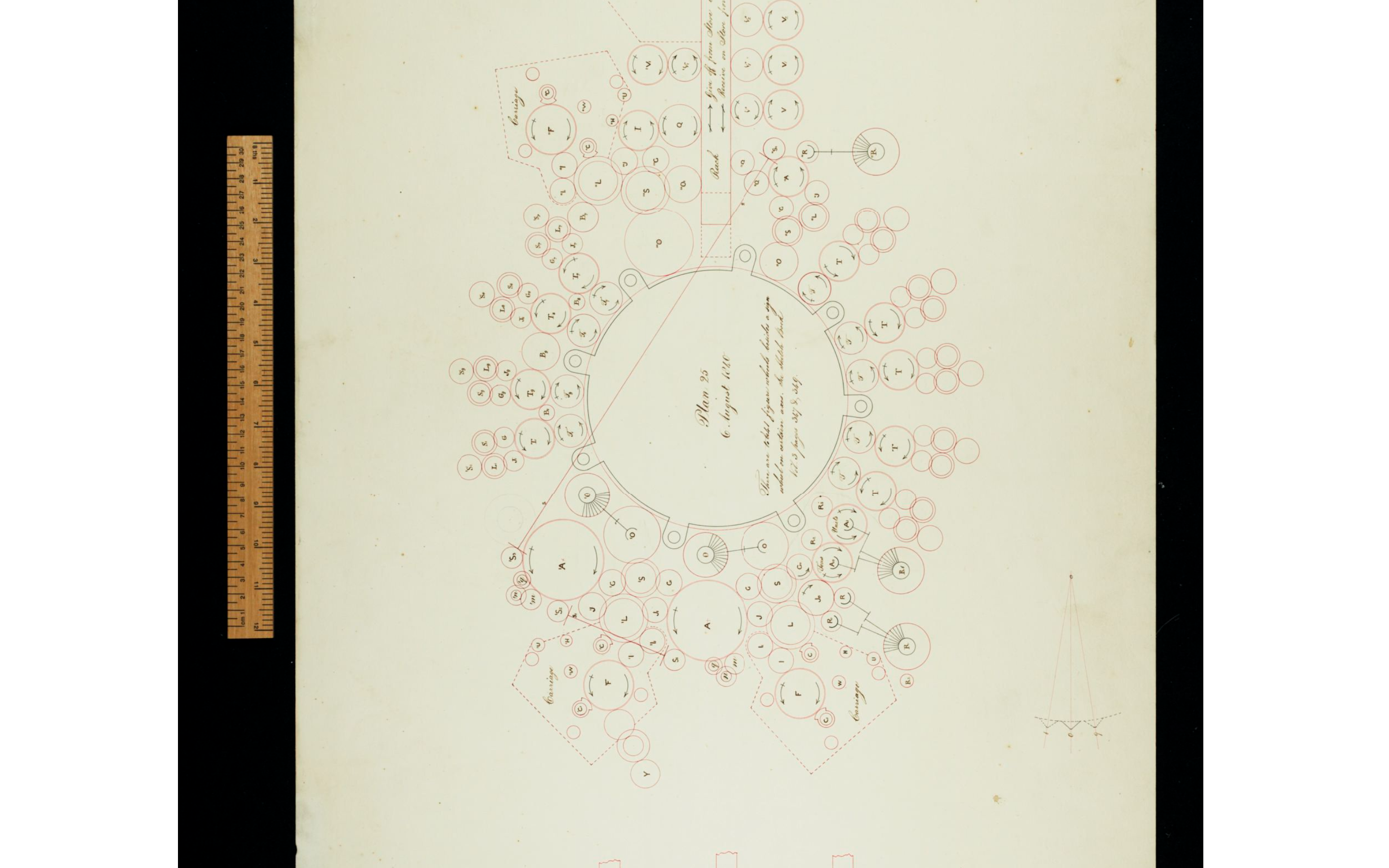Rendering: On Graphics, Architectures, and Computational Cultures
Ranjodh Dhaliwal
English
UC Davis
In 1822, there were fierce conversations about “rendering” the plans of Charles Babbage’s difference engine. Many years later, in 1975, “rendering” the Utah teapot would be considered a landmark achievement in the history of computing. Over the last 150 years, this term rendering (from Latin reddere for “giving back” or re-presenting as a general condition), which describes the transition between a virtual (or ‘potential’) and an actual (or ‘real’) object, has become immensely important for our technological cultures. Investigating the processes of rendering that convert imagined diagrammatic structures to ‘real’ products in computing and those computational infrastructures into sociocultural artefacts, Rendering identifies fundamental sociocultural manoeuvres by which political ideologies and historically situated ideas about race, class, and gender get hard-coded not only into media outputs, like computer graphics, but also into the very architecture of computers themselves. Standing at the intersection of the historiographies of technology, media, communications, and culture, and grounded in my study of recently-made-available corporate and federal archival materials, trade literature, oral histories and conference proceedings, this project finds historical and social patterns undergirding the movement from ideology to computation and computation to culture. In this story, the political construction of computers is wrought, and then socially reproduced, through diagrammatic forms such as computational maps, graphs, plans, and sketches. Infusing a media-oriented study of computer architecture into the cultural history of computer graphics, my project narrates a history and theory of the computer as a rendering machine.

